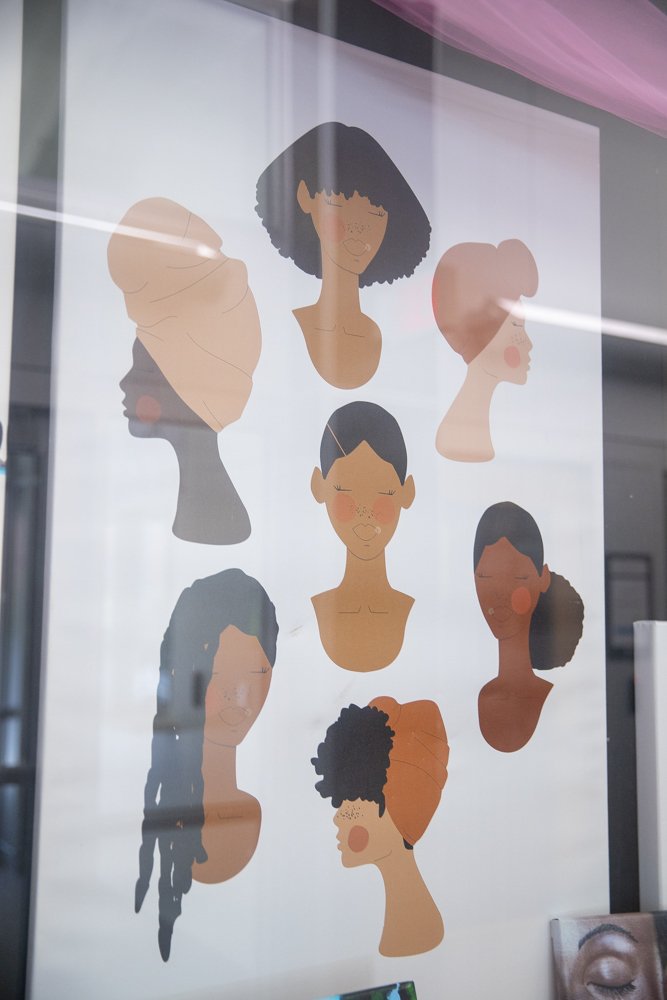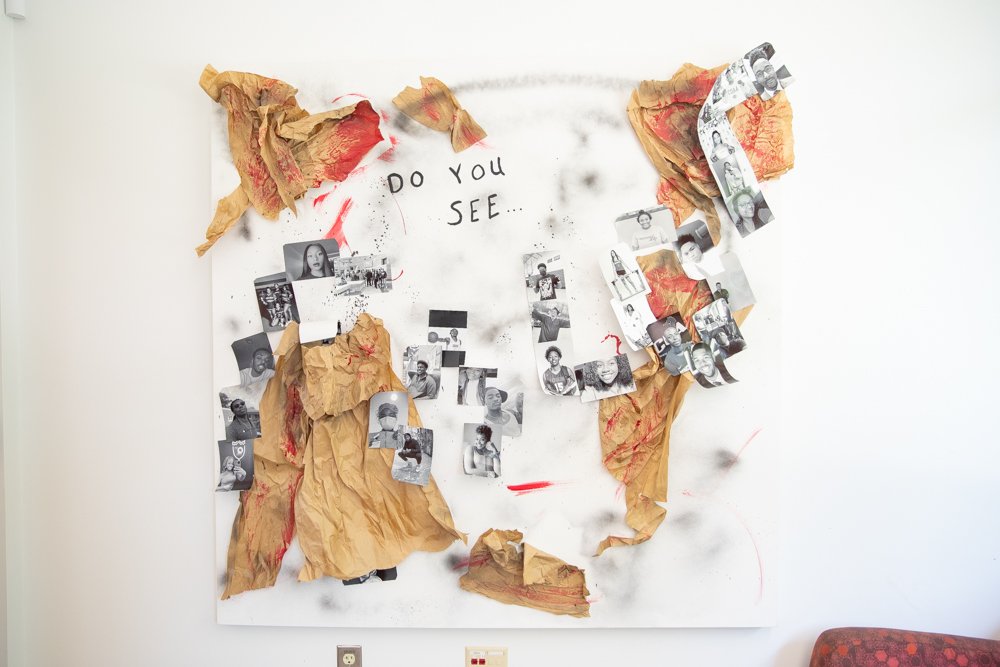
In this blog, we’ll delve into everything that has to do with Kreft Arts and the amazing pieces hanging around the building!
Kreft Arts is the go-to building for all things art at our institution. It is the vibrant heart of our campus, hosting a wide array of musical performances by our talented student body. Whether your taste leans towards vocal or instrumental, contemporary or classical, Kreft Arts has something to offer everyone.
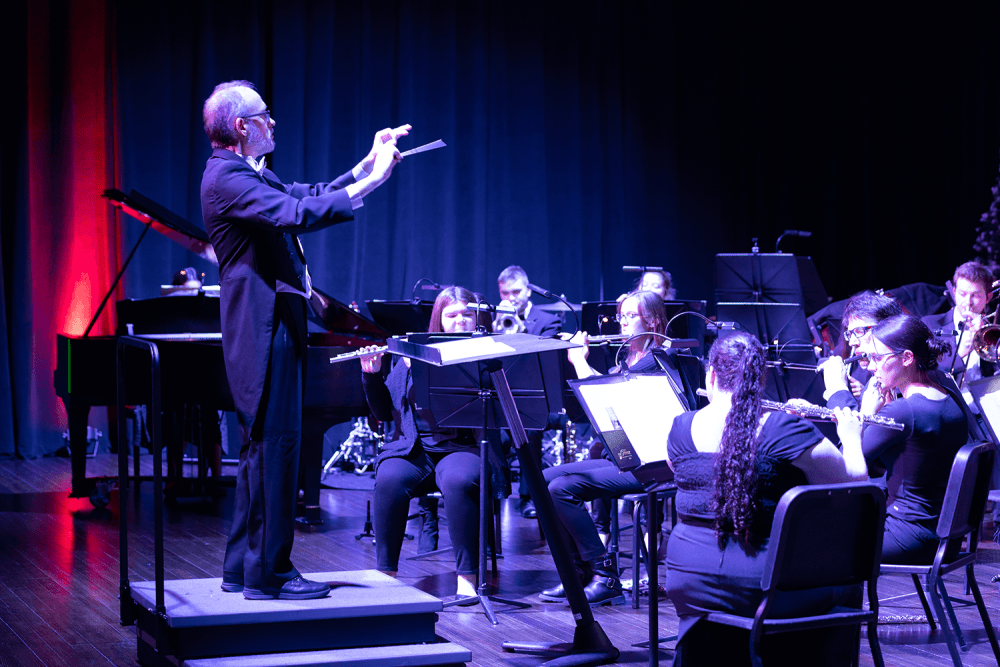
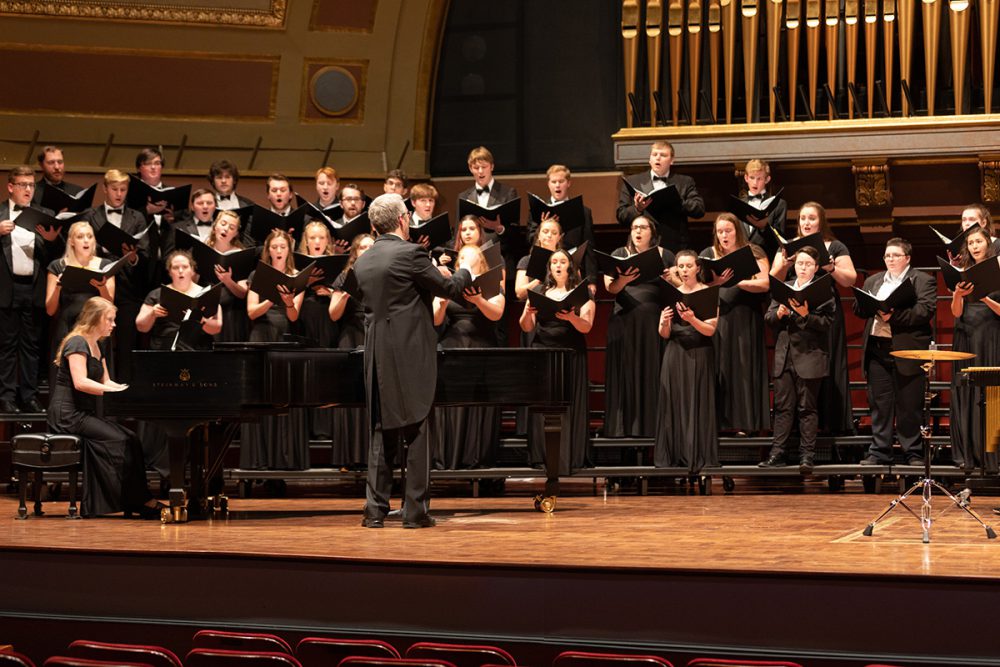
One of the standout features of Kreft Arts is the renowned Black Box Theatre, which stages all the theatrical productions performed by our students throughout the year. It’s a space where creativity and talent truly come to life.
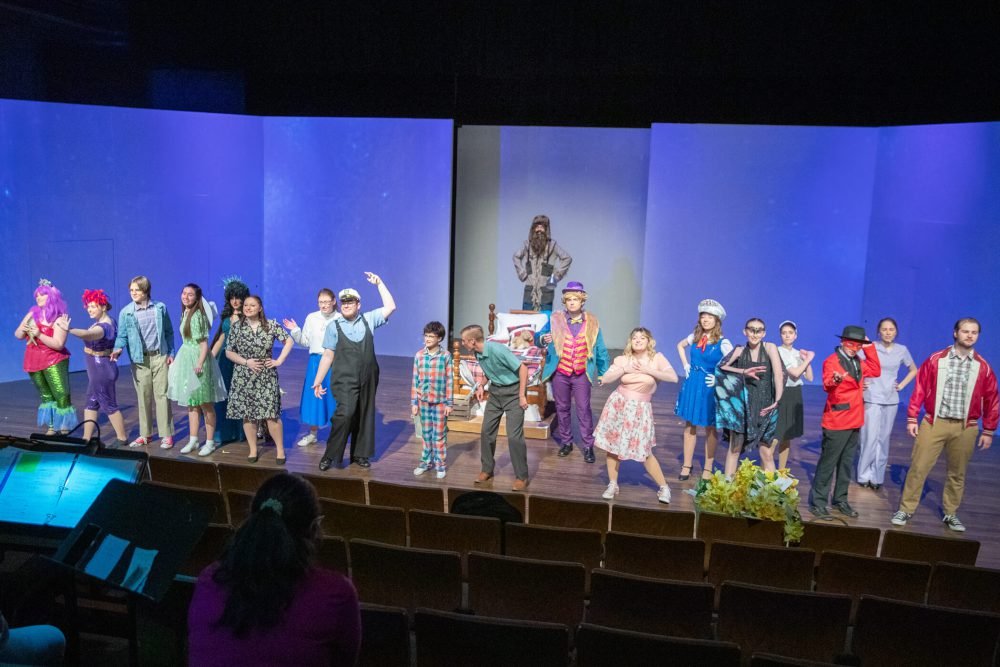

But that’s not all. Did you know that Kreft Arts also showcases artwork in its gallery year-round? Stop by any time throughout the year to see the incredible artwork on display.
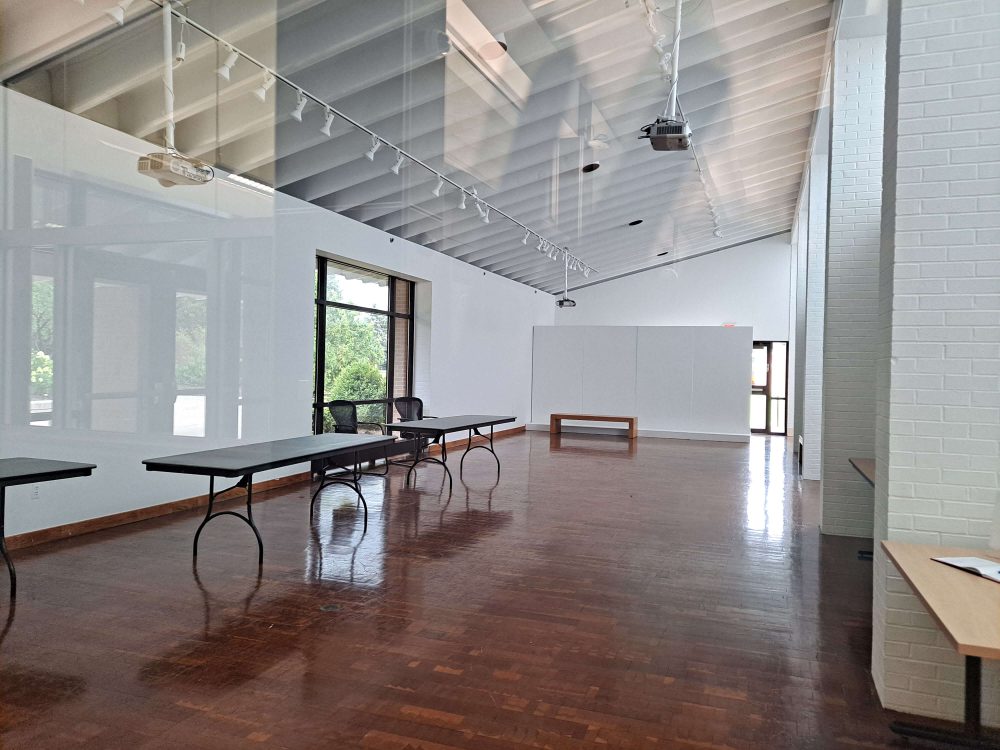

You can also check out students’ pieces throughout the year! You can find their art in the hallway that is in the middle of Kreft!
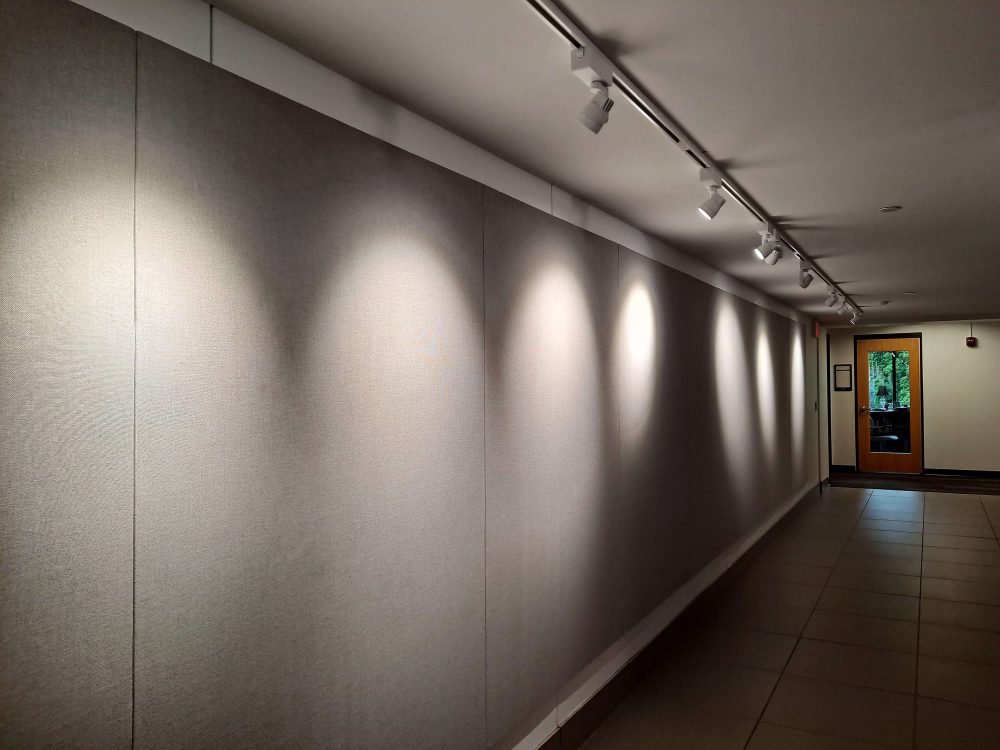
As you walk through the halls, you’ll find a variety of art pieces, each with its own unique story and the artist behind it. If you haven’t yet taken the time to explore the art hanging on the walls of Kreft Arts, lets explore them a bit now!
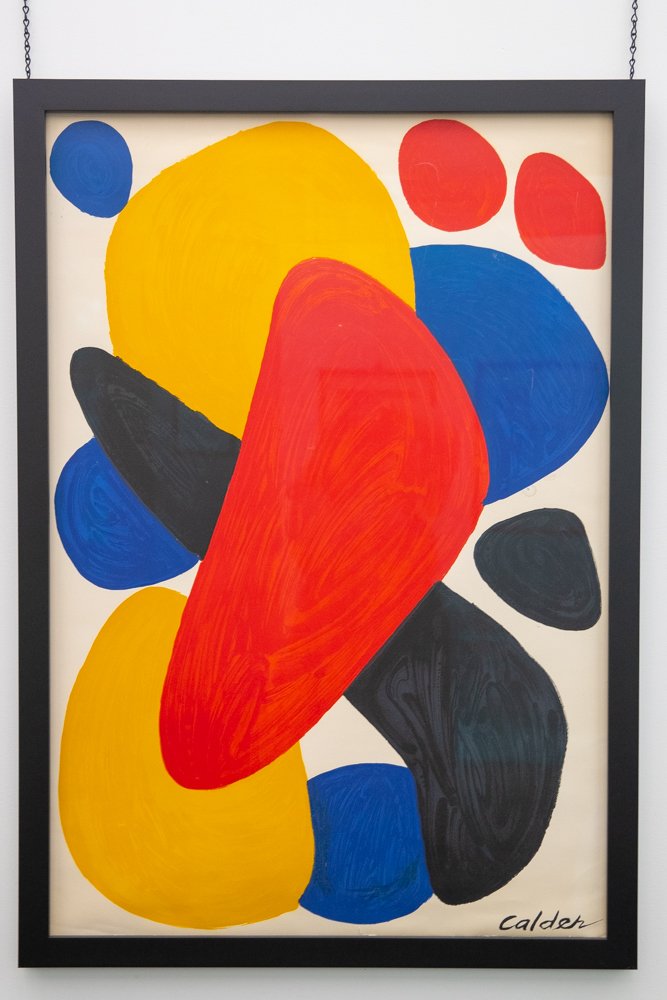
This piece is by Alexander Calder and is called Boomerang. He created it in 1974. He had what was called “the most prolific and innovative artistic career of the twentieth century.” His most productive years were the 1940-50s, although he became known worldwide in the 1960s for his artistic talent and abilities. He dabbled in abstract painting in 1930, but his love and most well known art was his small and large-scale sculptures using pieces of wood, metal, and other objects.
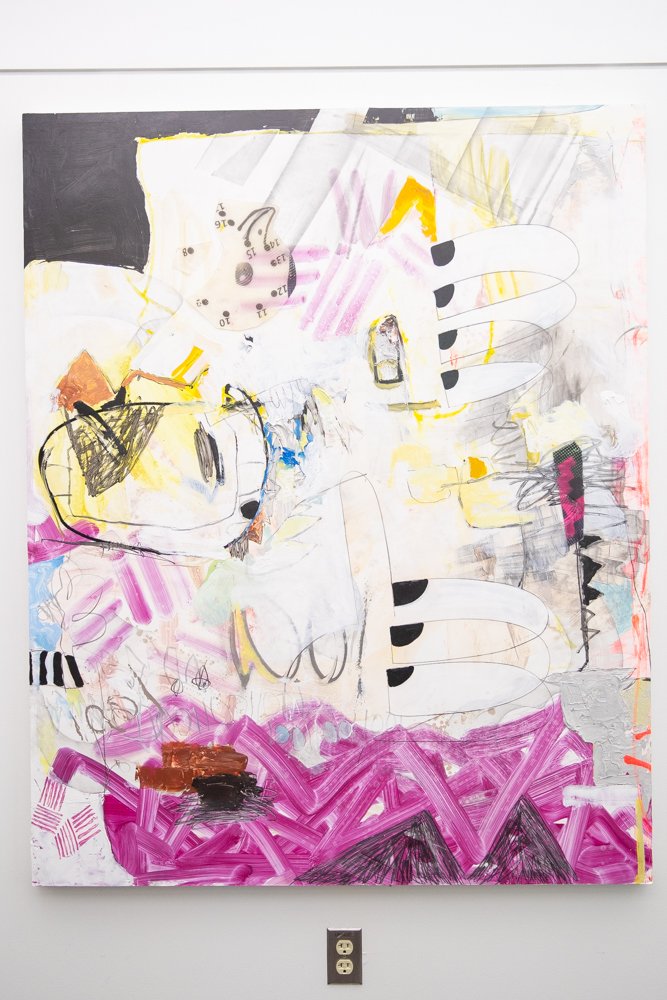
Darren Haper created this art. This is title “Fuchsia Tilt” and is oil, enamel, acrylic, graphite and hydrographic printing on Yupo paper created in 2018. Haper had a gallery exhibition on campus in 2019 and Professor Chris Niemiec and Mark Looker acquired the original piece. Haper likes to create art that contains whimsy and humor while parodying various formal aspects of contemporary society.
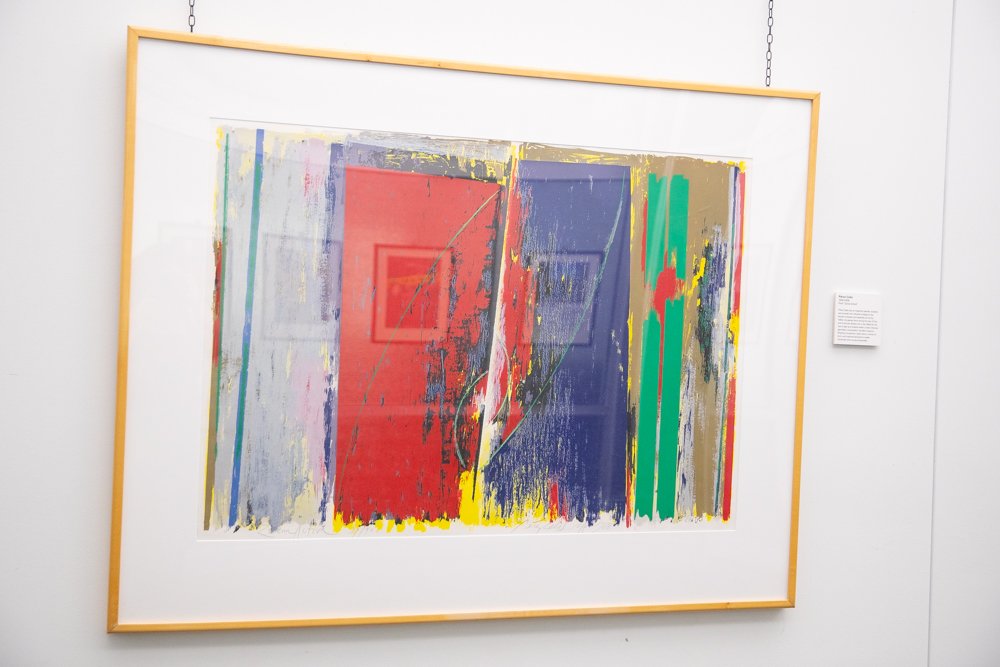
This print is titled “Zona Activa” and is by Pérez Celis. Celis was an Argentine painter, sculptor, and muralist who refused to adapt to the trends of stylistic and aesthetic art of the 1960s. He gained fame during the rise of Pop and American Modern art in the 1960s for his use of light and shadow within a fresh informal geometric composition. He later moved to Rhythmic brushwork, bold colors, a focus on form, and nuanced textured to create movement and coney temporality. This particular art piece was the start of when he began experimenting with lights, shadows, and lines that evoke both the horizon of the Argentine pampas and there vertical forms of buildings in New York, Paris, and Caracas, where he lived for several years.
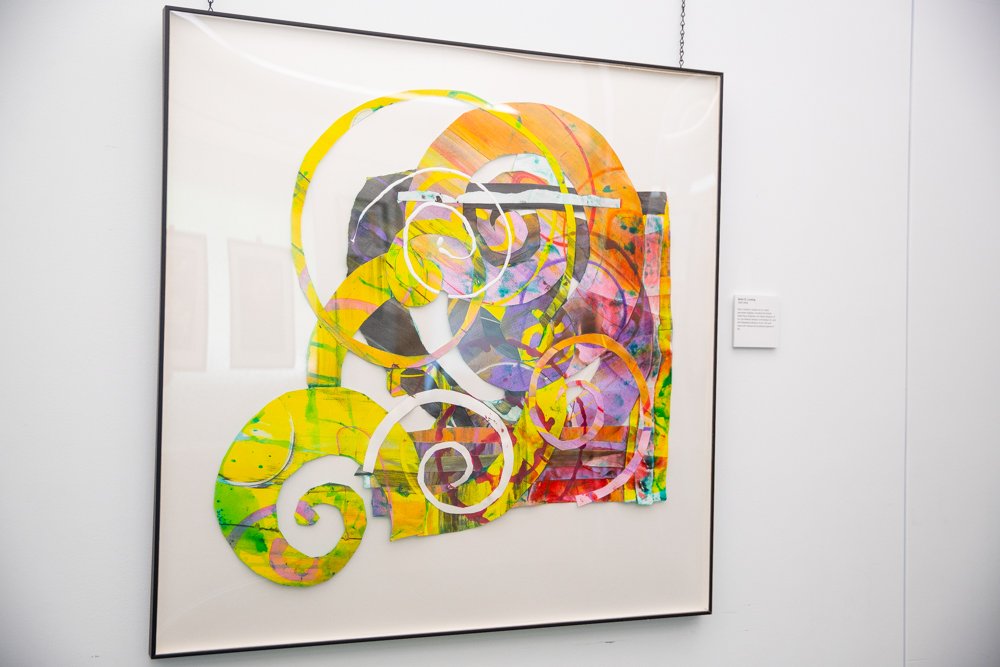
Alvin D. Loving created this piece. He was born in Detroit where many of art pieces are in permanent displays, including the Empire State Plaza Collection, the Detroit Museum of Art, the Whitney Museum of American Art, and the Philadelphia Museum of Art. His work fuses both rational and emotional aspects of life. Known for the artist’s ability to use different materials and mediums, the spiral era consisted mostly of heavy rag paper cut into various spirals and shapes, thoughtfully placed together to form elaborate collages. As Loving says, “I chose the spiral as a symbol of life’s continuity. It became an overall wish for everyone.” Each with their own unique size, color and shape, the art of the spiral era broke the boundaries of the conventional art of the day and pushed the limits of abstract art.
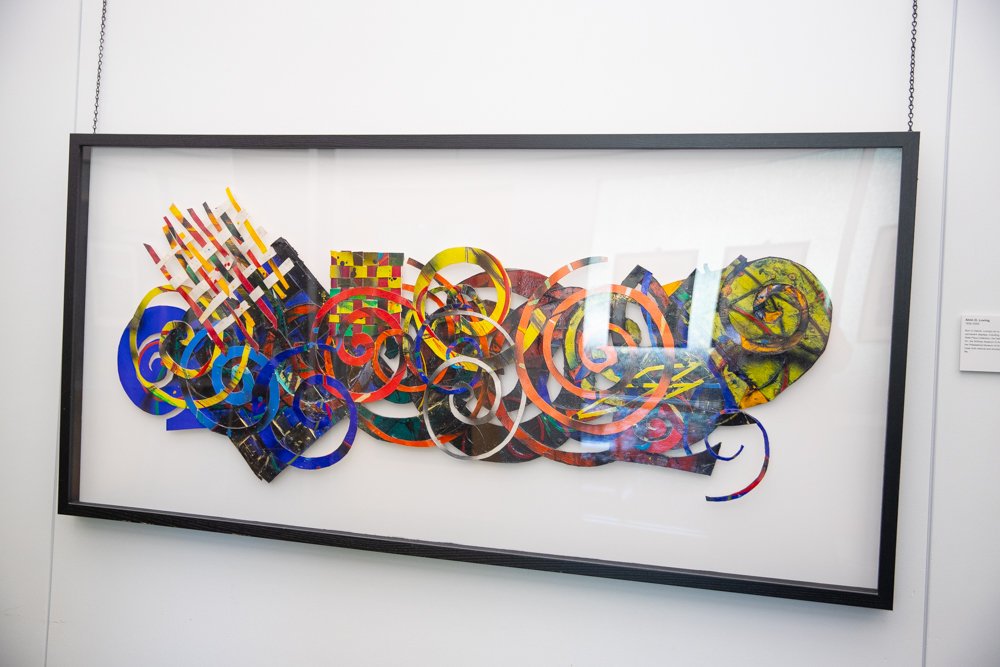
Here is another spiral piece by Alvin D. Loving. Loving constantly used the negative space around the spirals to give specific ones emphasis, while others ran into and intertwined with each other to create parts of a creation much bigger than a single spiral. In some instances, Loving would layer spirals to the point the untrained eye could not differentiate them from a distance. Rather, they blended together cohesively to form a platform for other spirals to dance upon.
You can also check out these amazing pieces around Kreft as well!
If you are curious about past performances or shows, check the main hallway (the side with the offices) of Kreft which showcases them all!
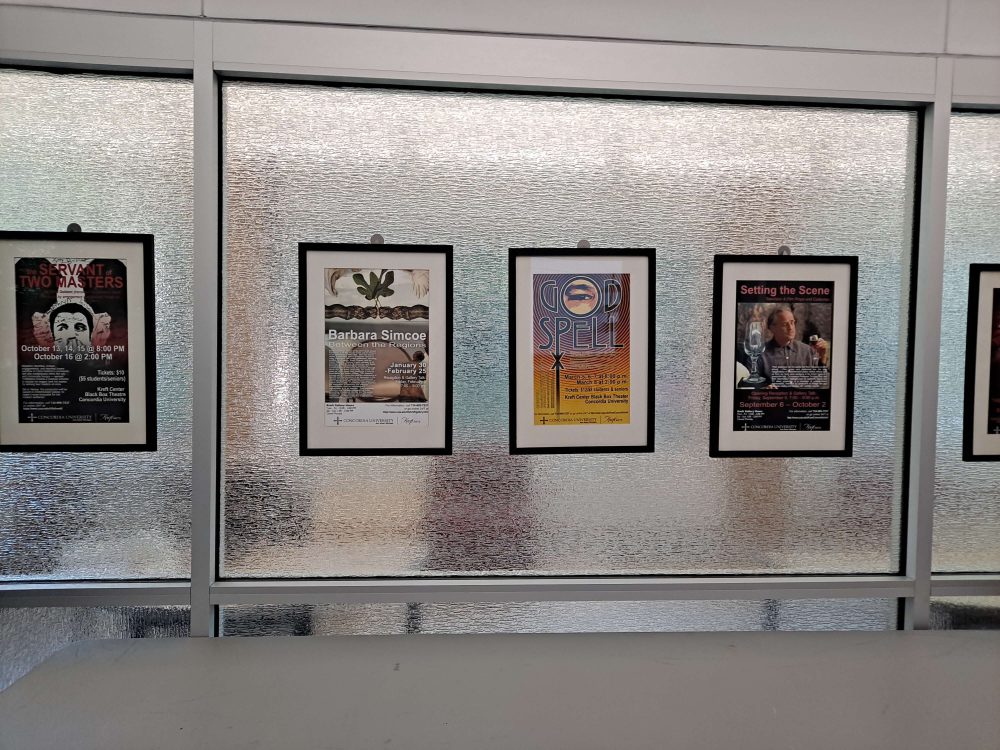
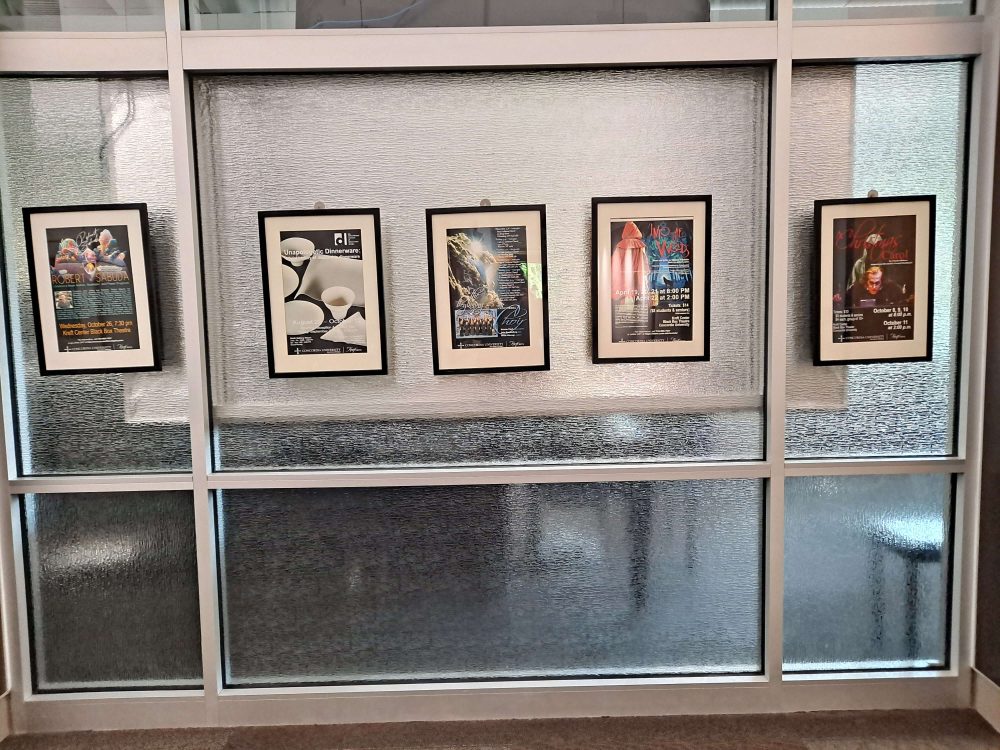
Don’t forget to stop by Kreft this year to take a look at all the incredible art and catch a show or a performance!
Want in?
Concordia University Ann Arbor is a Lutheran higher education community committed to helping students develop in mind, body, and spirit for service to Christ in the Church and the world.

